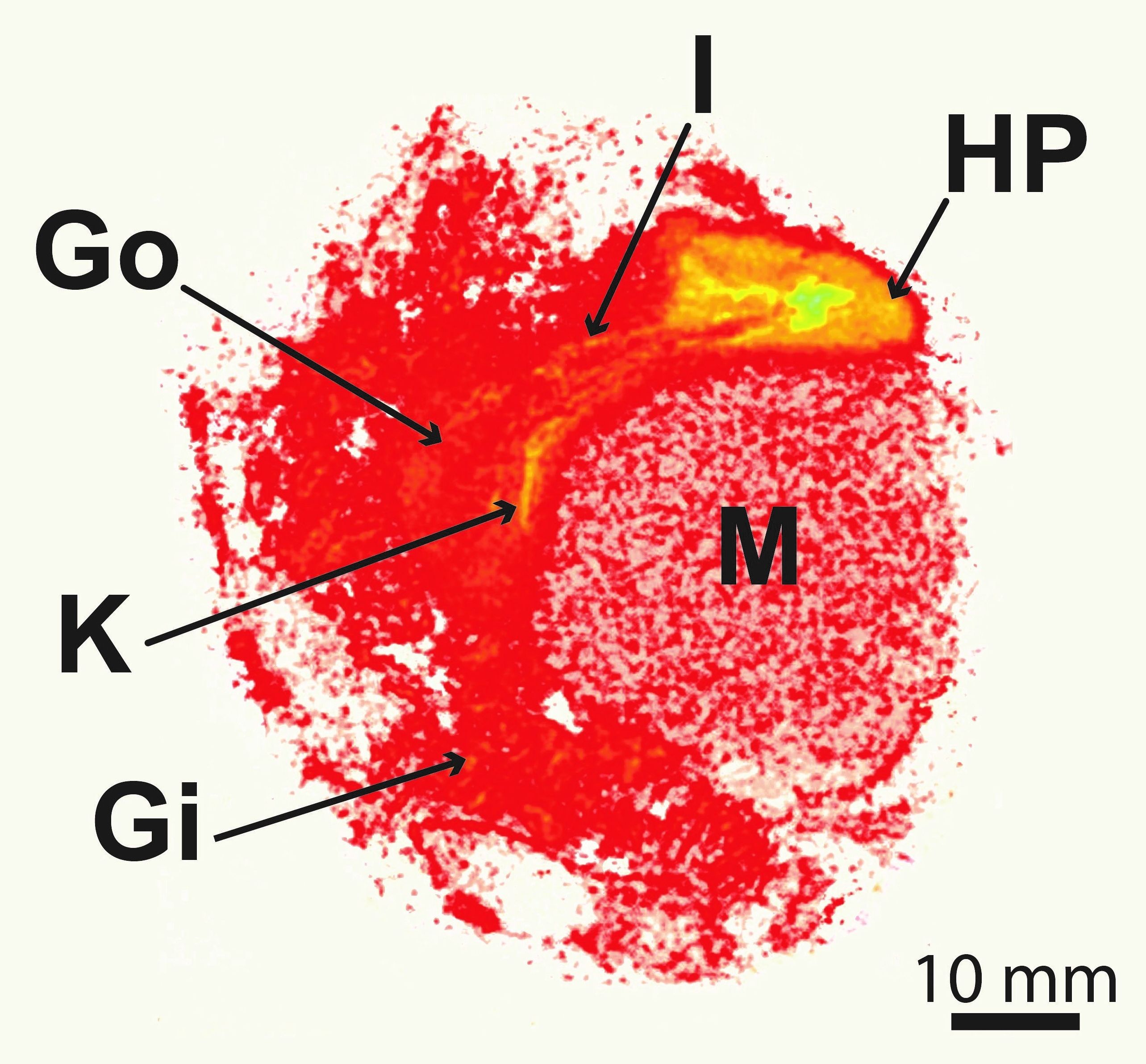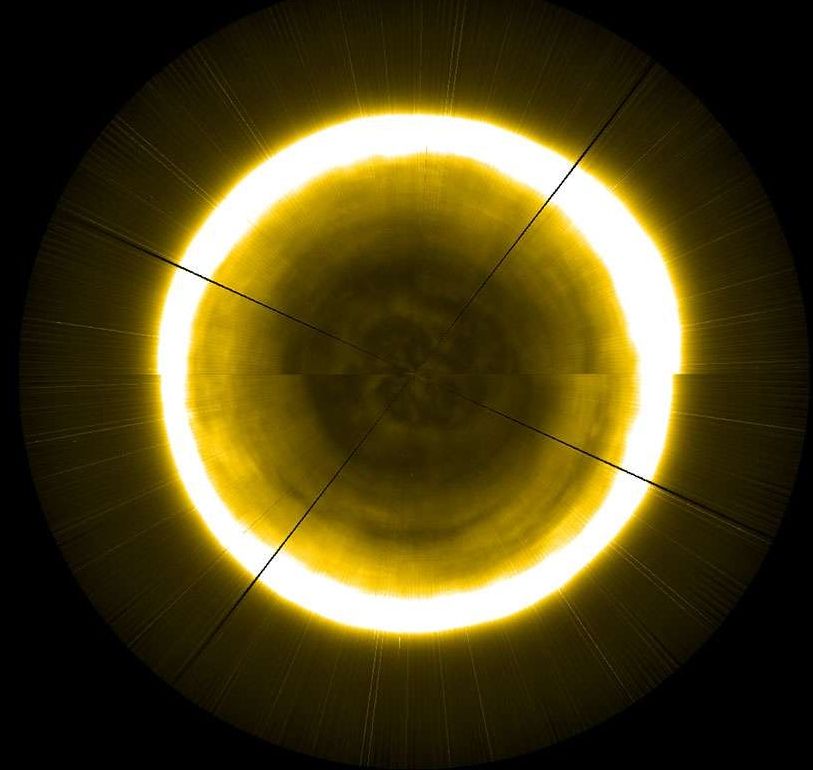Watch more from Cars Insider on Snapchat Discover: https://insder.co/cars.
Get the latest international news and world events from around the world.



What Happens When Two Black Holes Collide?
On September 14, 2015, signals from one of the Universe’s most mind-boggling, powerful events produced the tiniest signal in a pair of detectors, one in Louisiana and one in Washington state. They’d detected two already-wild objects, black holes, slamming into one another.
You’re probably familiar with black holes as cosmic vacuum cleaners, but they’re a little bit more complex than that. One core takeaway of Einstien’s theory of gravity is that heavy enough things actually change the shape of the space around them, and gravity is how we experience this warping. Black holes are regions of space so small and massive that they carry a point-of-no-return, an “event horizon” beyond which space is so warped that every path that anything could travel leads to the black hole’s middle. Nothing, not even light, can escape.


Billions of nanoplastics accumulate in marine organisms within six hours
A ground-breaking study has shown it takes a matter of hours for billions of minute plastic nanoparticles to become embedded throughout the major organs of a marine organism.
The research, led by the University of Plymouth, examined the uptake of nanoparticles by a commercially important mollusc, the great scallop (Pecten maximus).
After six hours exposure in the laboratory, billions of particles measuring 250nm (around 0.00025mm) had accumulated within the scallop’s intestines.


A startup is about to test a ‘gas station in space’ that could one day refuel satellites
Fuel is heavy. And when launching a satellite into space, the amount of fuel you give it determines how long it can stay operational. That is, unless you can refuel at a space gas station.
The news: Startup Orbit Fab is scheduled to launch an experiment to the International Space Station on board a SpaceX Dragon cargo mission tomorrow at 1:38pm EST. Its goal is to test the company’s method of fluid transfer in space. It’ll be launched alongside other scientific experiments to be performed by astronauts on board the station in collaboration with the ISS US National Lab.
The challenge: Refueling and repairing satellites in space requires some expert wrangling, as well as well as the launch of large quantities and types of fuel into orbit. Also, pumping new fuel into a satellite doesn’t work in microgravity the way it does on Earth. Fluids are harder to measure and float around their tanks unpredictably.

Amazon is ramping up tests of cashierless stores, a move that could see the futuristic tech launched in Whole Foods
- Amazon is testing out its cashierless technology in bigger stores, The Wall Street Journal reports.
- Amazon’s cashierless checkout tech tracks the items that shoppers take from shelves and charges them automatically.
- The Journal reports Amazon could roll the tech out to Whole Foods.
Amazon is testing out its cashierless checkout technology in bigger stores — with one eye on Whole Foods, according to The Wall Street Journal.
Sources told the Journal that Amazon is testing out the futuristic tech — which tracks and charges for the items shoppers take from the shelves — in Seattle, in a space formatted like a large store.